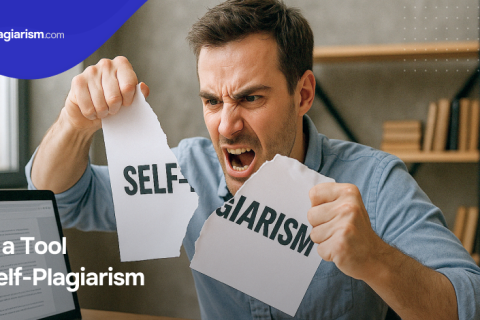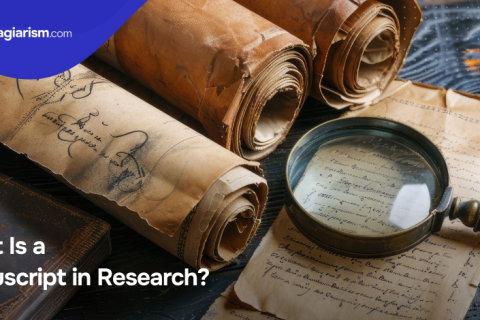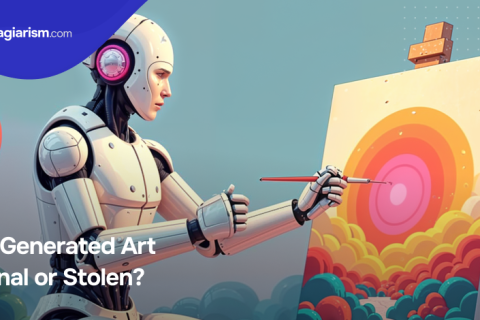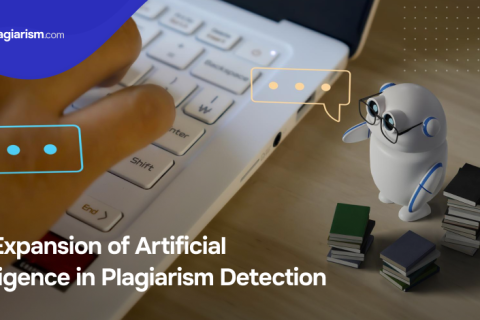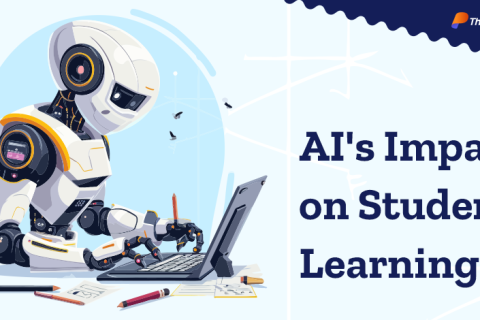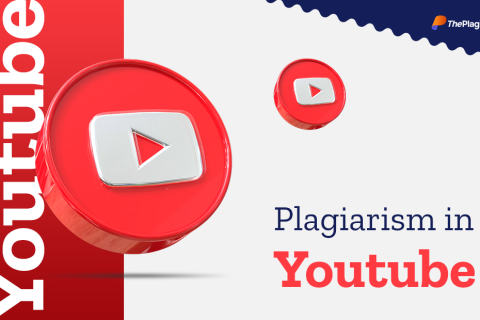Main types of plagiarism
03 Jan 2017

Students are required to conduct research for the papers that they are supposed to write. This research involves going through various sources of information including previous journals and papers only for the purpose of understanding the topic and then writing it in one’s own words. Plagiarising on the other hand is something totally different as it is just blatantly copying another person’s words. The problem nowadays lies with what constitutes research and what constitutes plagiarising. There is a very thin line between the two. A few students because of ignorance cross that line but most people under the pretext of research willing plagiarise other people’s work. This is totally wrong. plagiarism is basically of the following two types.
The first one is type where no references are given and is the most common one as can be seen on the theplagiarism.com. This sort of thing is done to prevent the mentor from finding out the sources of plagiarising and to prevent him or her from finding out and proving that the paper is indeed plagiarised. The first type under this sort of plagiarising is the mixed plagiarising. Under this sort of copying the person involved collects information for his or her paper from a number of sources. These sources are varied and the person picks up a bit of information from each of the sources. The person then proceeds to combine all of these to make it look like the original work of one person. The next type is the total copy variety. In this the person simply copies the whole paper or article, whatever it may be, of another person word to word and doesn’t modify it even a bit. This is the worst type of plagiarism. The next is the highly modified type. In this the person involved goes to great lengths and takes great effort to modify the plagiarised paper to make it look like his or her. The person makes big changes like change of words and language and writing style to make the paper his/her own. The fourth type is the photocopy. In this type the person copies the major points out of another previous paper. He or she then proceeds to elaborate on these points thus finishing the paper. The next type is the poor copy variety. The person copies a major portion of a previous paper and then proceeds to hardly modify it. The last variety is the self stealer type. In this type the person simply copies from his or her previous assignments and does not look elsewhere to plagiarise from.
The other major type of plagiarism is the one where references are mentioned. The first type in this type of plagiarising is the one where the paper has been perfectly paraphrased but no quotations have been added. There are further types under this type of copying which are the ones where the author is mentioned but source is not, citation is mentioned but source is not, citation is mentioned but work is copied from others and finally where neither source nor citation is given properly. These are the various types of plagiarism.

